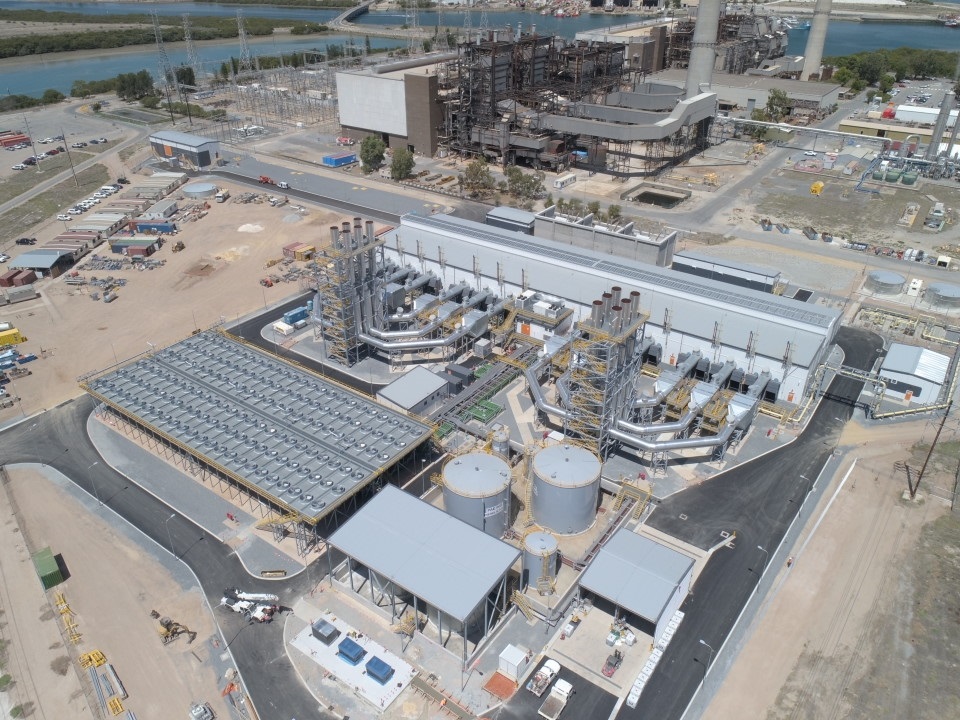

As loadshedding increases, conversations have started to shift towards bringing renewables into the energy grid. Many South Africans think energy companies are advocating for the eradication of coal fired power plants and focusing solely on renewables. This leaves people concerned about jobs and vehemently protesting the energy companies. The question is, will a wind or solar plant ever create as many local jobs as a coal mine coupled to a coal power plant?
But there is another solution. One that Wärtsilä is already successfully implementing in other countries around the world: To reduce carbon emissions and promote sustainable energy practices, we believe that the best way forward is to repurpose these coal plants into ‘nodes of power flexibility’.
These will enable the grid to be supported and catalyse the continued growth of renewable energy onto the grid. Besides, the grid is already available in these locations, so let’s make the most of it!
This innovative approach combines the phasing out of coal power to be replaced with a combination of flexible technologies such as gas and energy storage thus creating a more efficient and environmentally friendly power plant and by extension, renewable rich power grid.
The resulting hybrid power plant will produce electricity with significantly lower greenhouse gas emissions, making it an important step towards achieving the goals set by the Paris Climate Agreement. By converting coal power plants into these ‘flexible power nodes’ we can maintain the stability of the power grid while significantly reducing carbon emissions.
A good example of how this can be done was Wärtsilä’s recent project for AGL Energy at Barker Inlet Power Station in South Australia.
This involved taking an old and inefficient 480 MW thermal power plant and replacing its obsolete equipment with new dual-fuel reciprocating engines, capable of running on either natural gas or synthetic gas or liquid fuel.
The repurposed power station can generate 211 MW of fast-start and high-efficiency gas power to balance variable generation from renewable sources. And on top of the newly added engines, Wartsila is currently adding 250MW/250MWh of energy storage capacity.
These two technologies combined allow the old inflexible Barker Inlet Power Station to become a true ‘powerhouse of flexibility’ to support the growth of renewables across the rest of the grid.
This innovative approach to energy production also brings numerous benefits to communities across the country, including:
- Reduced carbon emissions and improved air quality
- Increased use of renewable energy sources
- Enhanced energy security and stability
- Creation of new jobs in the clean energy sector
And best of all, engine technology has negligible performance derating at high altitudes where SA’s coal fleet currently resides.
Wärtsilä is committed to playing a leading role in the transition to a more sustainable energy future. This project is just one of many initiatives we are undertaking to reduce our environmental footprint and help create a more sustainable world.
Did you like this? Subscribe to Insights updates!
Once every six weeks, you will get the top picks – the latest and the greatest pieces – from this Insights channel by email.

